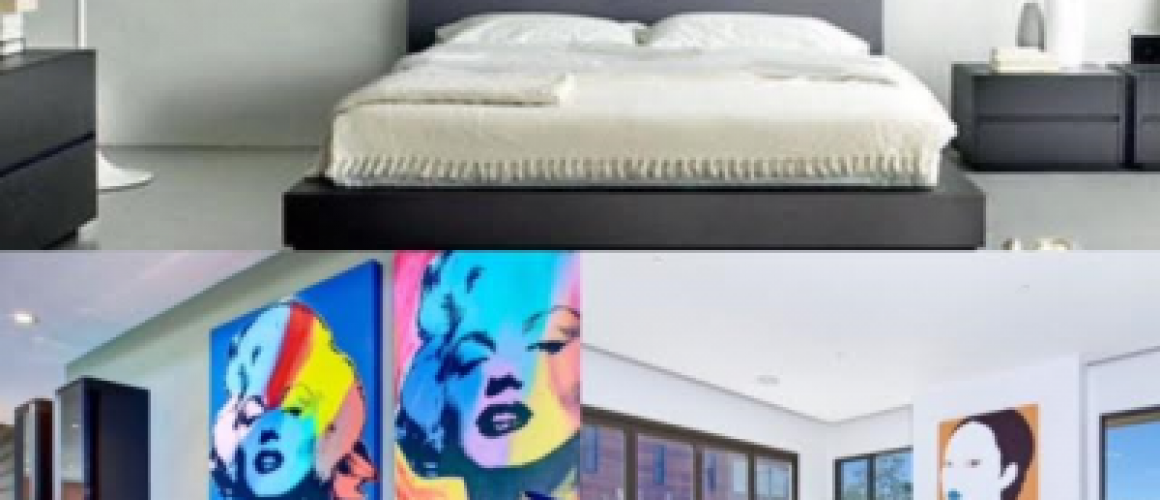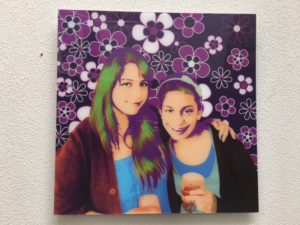Pop Art on Acrylic
Think vibrant colours, bold graphic lines, and the images you see on a daily basis. This is the stuff of Pop Art, the movement that uses product labels, cartoons, celebrities, advertising, and blows them up into art. Art that is inspired by the everyday. The works themselves were innovative, using collage techniques, sculpture, and street art.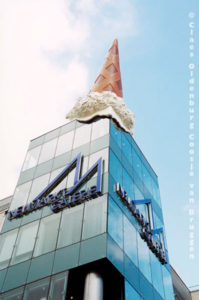
The art doesn’t go for an emotional punch; rather the aim is to see the images that bombard our daily lives in a different light. The best part is that the images themselves are so striking that they can stand on their own. You do not need a lot of pop art on acrylic, you just need the right one for your taste.
Pop Art: A Brief History
Following WWII, industry in the U.S and Britain experienced an unprecedented growth. This was the period of middle class expansion, of Elvis Presley, and Marilyn Monroe. People moved to the suburbs, wanted faster and more accessible ways of serving food, cars started to take on cool designs. And the biggest innovation – Television. By replacing radio, TV heralded our visual relationship to culture. The face of the singer, the person telling the story, became as important as the voice. At the same time there were revolutions underway – the Civil Right’s Movement, Women’s Liberation, protest movements against the Vietnam war. A group of artists during this time, mainly in Britain, adopted practices to respond to these rapid changes.
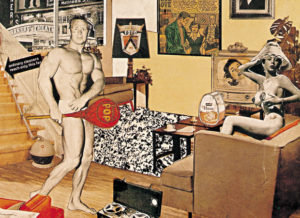
The Art of the Everyday
Richard Hamilton’s seminal work Just What Is It That Makes Today’s Homes So Different, So Appealing? is often seen as the first instance of this new style of art. The work is both a celebration and critique of the rampant consumerism of the post-war era. Using the technique of collage, Hamilton shows different aspects of suburban life: tennis rackets, television, household appliances, comfort – all the trappings of a privileged class. While these artists were glorifying the images of consumerism, they were also performing a critique. They highlighted the superficiality and lack of depth of material pursuits when so much of the world was in turmoil. Hamilton defined the movement as “popular (designed for a mass audience), transient (short-term solution), expendable (easily forgotten), low cost, mass produced, young (aimed at youth) wicked, sext, gimmicky, glamorous, big business.”
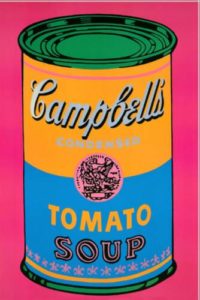
Interior Design: Pop Art on Acrylic
Pop art is an exciting trend in interior design. You can easily (and economically) buy an iconic work of pop art by renowned artists like Robert Rauschenberg, Roy Lichtenstein, Andy Warhol, and Keith Haring. A piece of pop art on a wall is a center piece, an interesting and vibrant focal point. To incorporate the art:
- Choose an aspect of pop art which is appealing to you. For example: music, celebrity, graphic, color, etc.
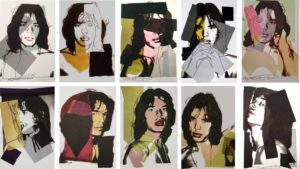
- Don’t overwhelm the space! One focal piece of pop art on acrylic can be all a room needs. These works are unique. Try not to overwhelm them with any additional artwork.
- Keep your walls neutral. Colored paint can clash or take away from the vibrancy of pop art. A simple black or white color wall will make the piece be center stage.
- Print pop art on Acrylic. Printing on acrylic is far more luminous and intense compared to any other medium. Your colours will be more vivid, more glossy and with better contrast. Acrylic pictures are often the choice for art galleries and photography studios. So you will get that gallery feel in your own home.
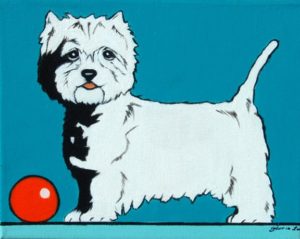
There are many company’s online who create custom Pop Art. We like Allpop art. They have a great selection of pop art styles. While many design trends come and go, Pop Art has withstood the test of time.
Pop Art on Acrylic created by Bigacrylic


